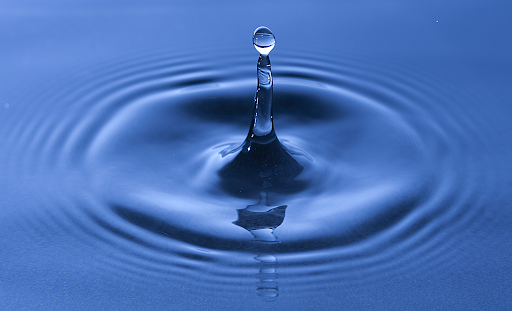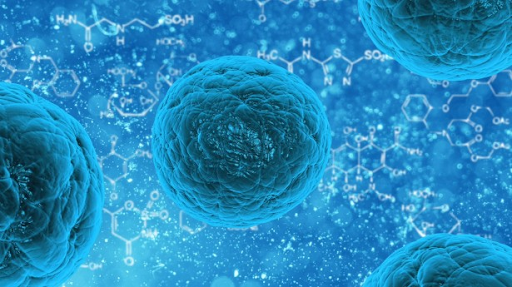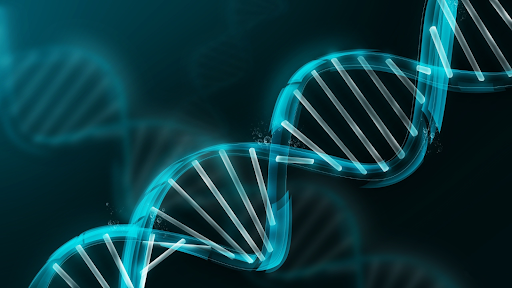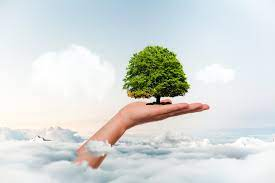|
Title |
Quarter 1 |
Quarter 2 |
Quarter 3 |
Quarter 4 |
|---|---|---|---|---|
|
Molecules in Motion: Biochemistry |
Microscopic Marvels of Nature |
From Genes to Generations |
The Interconnected Living Web |
|
|
Image |
|
|
|
|
|
Focus of the Story |
What chemical and biochemical processes and features are essential for life? We begin by looking at how scientific investigations help us to shape our understanding of science. Our study of biology will start with the smallest parts of matter (atoms) and progress to larger levels of organization throughout the year. This builds on our understanding of processes essential to life from Life Science. |
How does the structure of the cell and its parts allow for necessary life processes? We will learn that all living things are made of cells. We will build on our understanding from Life Science of several cellular processes such as how cells exchange materials with their environments as well as how cells reproduce. |
How does the information contained in DNA relate to traits found in organisms and passed through generations? Next, we will build on our understanding of genetic information from Life Science. We will learn how cells use the information contained in DNA to build proteins. We will observe how some genetic traits provide an advantage to organisms and as conditions in the environment change, so do the traits we see in a population. |
How are organisms related to one another in the web of life? In this final portion of the course, we zoom out and look at how organisms are related to one another in the web of life. We also observe how interconnected the parts of an ecosystem are and how humans impact ecosystem dynamics. |
|
Transfer Goals |
|
|
|
|
|
Learning Targets |
|
|
|
|




